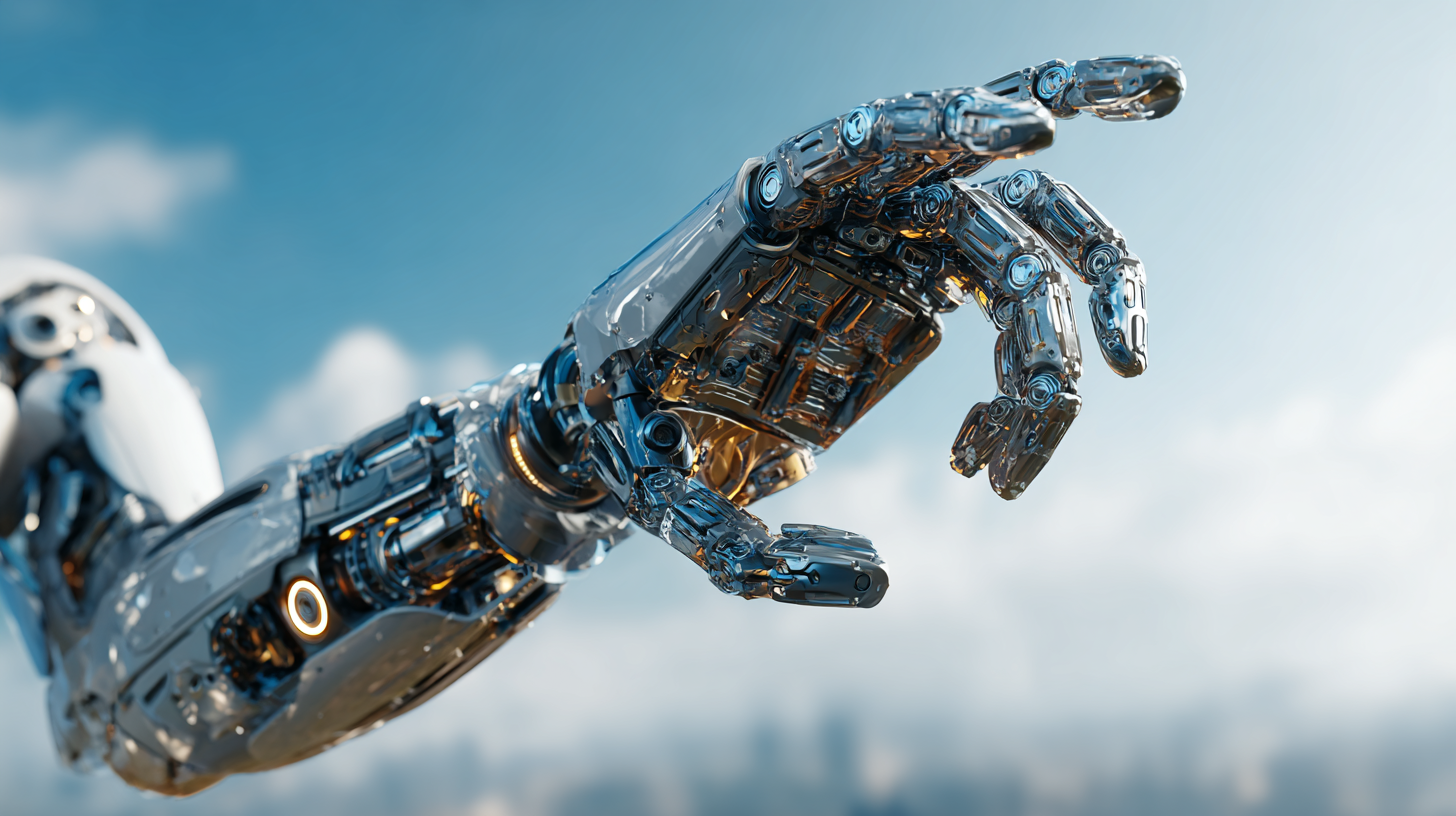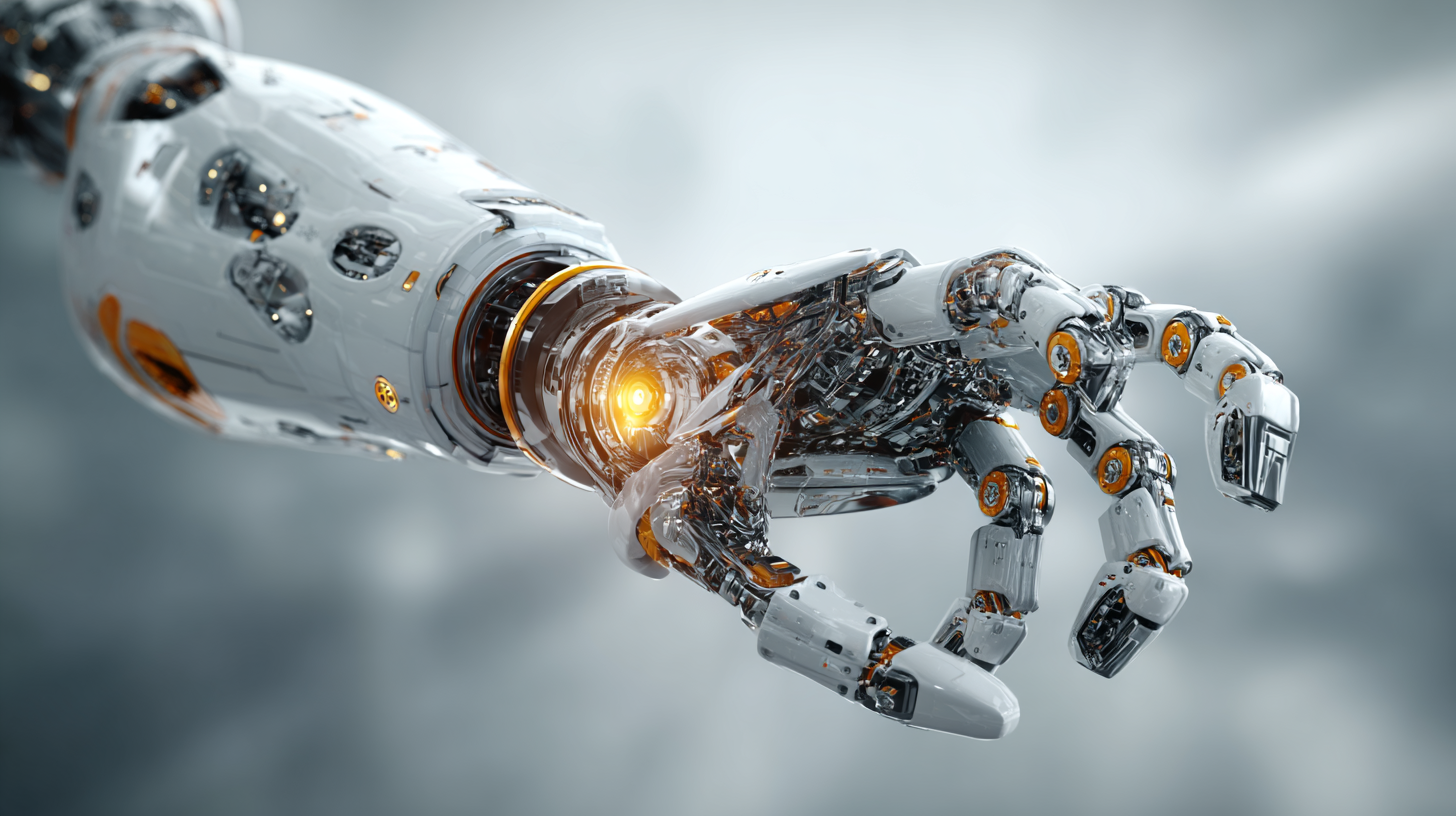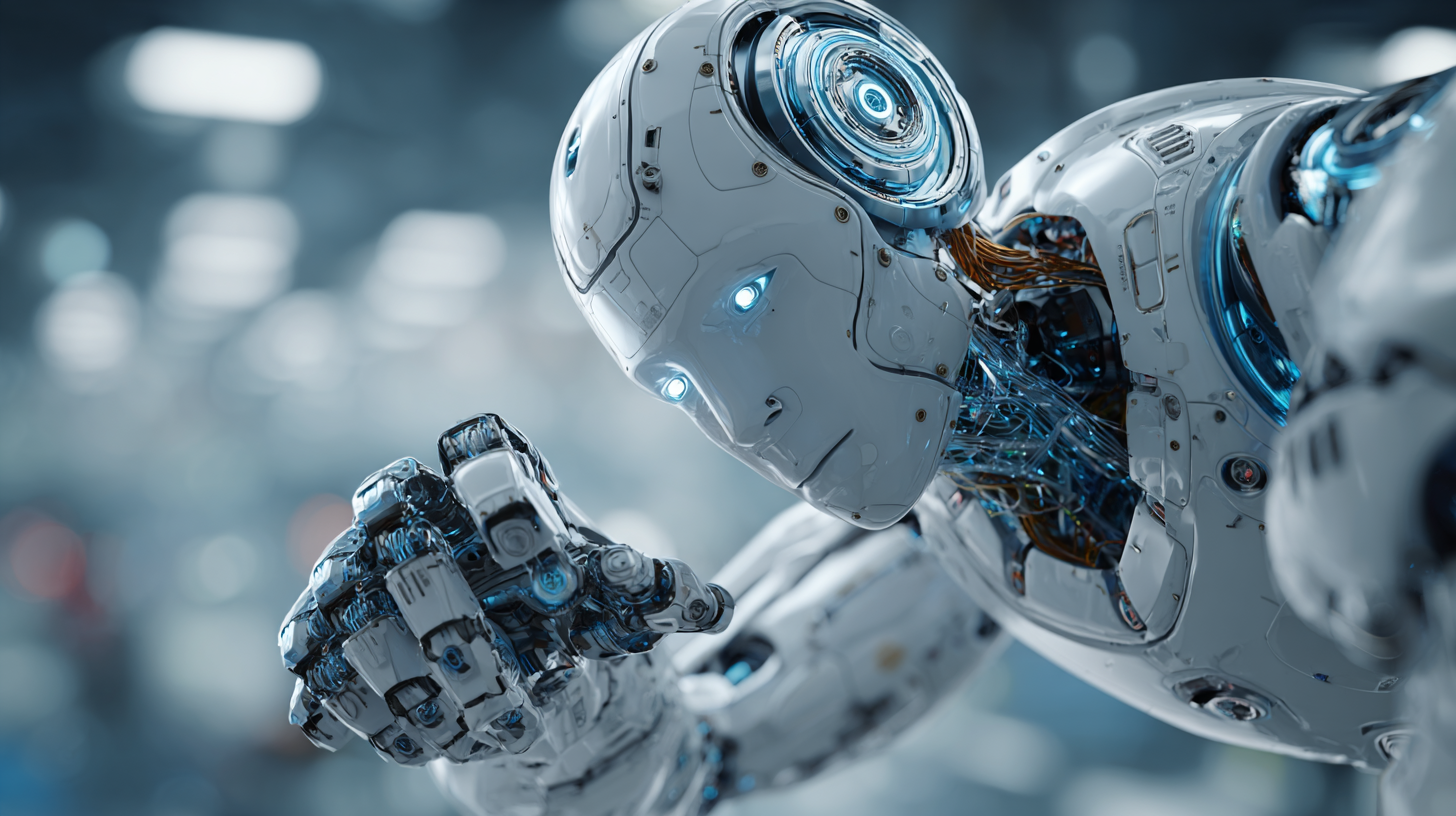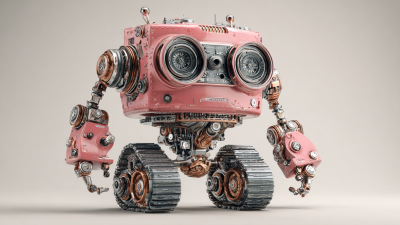Taking Custom Design to New Levels
PROUD TO BE PART OF THE BRIN FAMILY OF COMPANIES

OTHER BRIN LOCATIONS
Brin Glass Company | Minneapolis, MN
St. Germain’s Glass | Duluth, MN
Heartland Glass | Waite Park, MN
As we venture further into the 21st century, the field of robotics engineering is poised to transform everyday life in unprecedented ways. According to a recent report from the International Federation of Robotics, the global robotics market is expected to grow at a compound annual growth rate (CAGR) of 26.7%, potentially reaching a market size of $500 billion by 2025. This astounding growth underscores the critical role that robotics engineering plays in sectors such as manufacturing, healthcare, and even domestic environments. With advancements in artificial intelligence, machine learning, and sensor technology, robots are not only enhancing productivity but also improving quality of life through applications such as elderly care, automated transportation, and smart home technologies. The confluence of these innovations signals a future where robotics engineering is integral to our daily routines, promising to redefine the human experience in an increasingly automated world.

The rise of robotics engineering in daily life is transforming various sectors, offering innovative solutions that enhance efficiency and convenience.
According to a report by the International Federation of Robotics, the global market for robotics is expected to grow from $47.5 billion in 2021 to over $149 billion by 2025. This exponential growth highlights the increasing reliance on robotics technology across industries such as healthcare, logistics, and even home automation.
In the healthcare sector, robotics engineering is making significant strides, with surgical robots improving precision and reducing recovery times. A study published in the Journal of Robotic Surgery highlighted that robotic-assisted surgeries have led to a 20% reduction in hospital stays.
Meanwhile, in logistics, automation powered by robotics is streamlining supply chain processes, with companies like Amazon deploying more than 200,000 robots in their warehouses to enhance order fulfillment efficiency. This integration of robotics into everyday functionality not only boosts productivity but also reshapes how we interact with technology daily.
The integration of robotics in healthcare is fundamentally reshaping the medical landscape, driving innovations that enhance patient outcomes and streamline clinical workflows. One significant advancement is the rise of robotic-assisted surgeries, which began to take shape in the 1980s with laparoscopic tools. Today, these technologies have evolved, allowing surgeons to perform minimally invasive procedures with greater precision and control, reducing recovery times and increasing safety for patients.

Smart homes are becoming increasingly integrated with robotics, significantly enhancing domestic living. According to a report by Statista, the global smart home market is projected to reach $135.3 billion by 2025, showcasing the growing reliance on automated solutions. Robotics engineering has played a crucial role in this evolution, allowing for the development of devices that streamline household chores, improve energy efficiency, and even enhance home security. For instance, robotic vacuum cleaners, which have scaled in popularity, are estimated to occupy over 30% of the market share in the robotic household appliance sector.
Moreover, smart home systems equipped with robotic features, like voice assistants and automated lighting, have transformed daily routines. A survey conducted by the Consumer Technology Association indicated that 54% of smart home device owners reported increased convenience in their lives. As connectivity and artificial intelligence continue to improve, we can expect robotics innovations to further personalize the domestic experience, enabling homeowners to create fully automated environments tailored to their unique preferences. With this level of customization and efficiency, robotics engineering is undoubtedly reshaping our approach to home living.
The integration of robotics engineering into transportation is profoundly reshaping how we travel. With the global autonomous vehicle market expected to reach $557 billion by 2026, the implications are immense. From self-driving cars to drones delivering packages, robots are becoming integral in enhancing efficiency and safety on our roads and in the skies. Companies like Waymo and Tesla are at the forefront of this revolution, showcasing how technology can reduce human error and congestion. As robotic systems improve, they will not only optimize travel times but also contribute to a significant reduction in carbon emissions.
**Tip:** When considering new transportation technologies, always stay updated on local regulations regarding autonomous vehicles, as they can vary significantly by region and impact their operation.
In addition to improving personal travel, robotics is also revolutionizing freight and logistic services. According to a report by McKinsey, autonomous trucks could reduce operational costs by up to 45%. This cost-efficiency can lead to lower prices for consumers and increased accessibility to goods across the globe. By automating last-mile delivery with drones, companies can also navigate traffic challenges efficiently, ensuring timely arrivals.
**Tip:** For businesses looking to adopt robotic solutions, it’s crucial to assess the return on investment carefully and consider the integration of these systems into existing operations for a smoother transition.
| Dimension | Data |
|---|---|
| Percentage of Automated Vehicles in 2025 | 15% |
| Estimated Reduction in Traffic Accidents | 40% |
| Annual Growth Rate of Robotics in Transport | 25% |
| Projected Cost Savings from Robotaxi Services | $200 Billion annually |
| Average Delivery Time with Autonomous Delivery Robots | 30 minutes |
| Urban Areas Implementing Robotic Shuttle Services | 50+ |
As robotics continues to advance at an unprecedented pace, the importance of education and training in this field has never been more critical. Curriculum development is adapting to include specialized programs that encompass not just the technical aspects of robotics engineering but also interdisciplinary approaches that combine artificial intelligence, machine learning, and mechanical design. Schools and universities are beginning to offer hands-on training that immerses students in real-world applications, fostering skills that will be essential in a future dominated by automation.
Moreover, partnerships between educational institutions and tech companies are becoming increasingly common. These collaborations help bridge the gap between theory and practice, ensuring that students acquire relevant skills that are in demand in the workforce. Internship and apprenticeship programs allow aspiring engineers to engage directly with the latest robotic technologies, preparing them for careers that will shape the future. By integrating robotics deeply into educational frameworks, we are not just training the next generation of engineers but also empowering them to innovate and lead in a world where robotics plays an integral role in daily life.






Taking Custom Design to New Levels

Brin Glass Company | Minneapolis, MN
St. Germain’s Glass | Duluth, MN
Heartland Glass | Waite Park, MN

Fabricator
Inside Sales and Client Support Manager
Glass Handler – 1st Shift